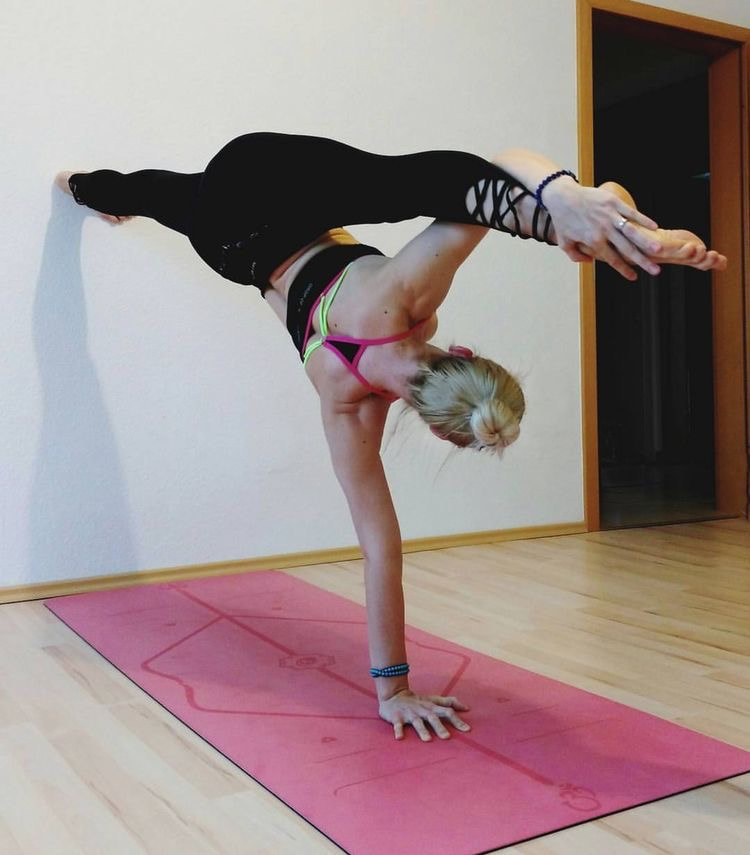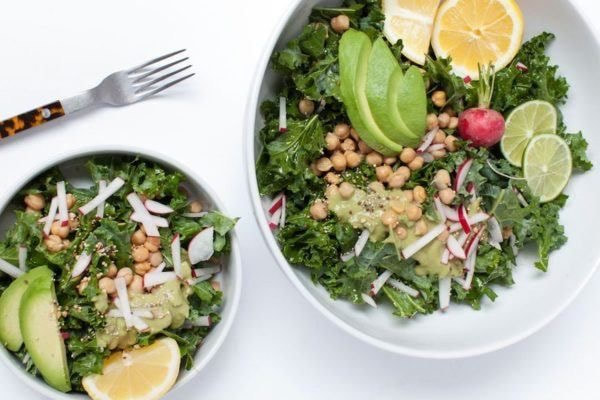
“Dear friend, all theory is gray,
And green the golden tree of life.”
Goethe, from Faust
“I finished my walk on the forest’s edge, where the great music of crashing waves flooded into the tide pools, where wind ruffled devil’s club leaves and hermit thrushes sang. I reminded myself that the wisest, most inspired people I knew had all taken this second path, heading for what I call the Far Outside. It is the path found when one falls into “the naturalist’s trance,” the hunters pursuit of wild game, the curandera’s search for hidden roots, the fisherman’s casting of the net into the current, the water Witcher’s trust of the forked willow branch, the rock climber’s fixation on the slightest details of a cliff face. Why is it that when we are hanging from the cliff - beyond the reach of civilization’s safety net, rather than in it - we are most likely to gain the deepest sense of what it is to be alive? Arctic writer-ethnographer Hugh Brody has brooded over this question while working in the most remote human communities and the wildest places her could find. There, he admits, “at the periphery is where I can come to understand the central issues of living.”
Gary Paul Nabham, from Cultures of Habit
“To live a contemplative life is to be open enough to see, free enough to hear, real enough to respond. It is a life, and so it has its own rhythms of darkness, of dying-rising. Simply enough, it is a life of grateful receptivity, of wordless awe, of silent simplicity.”
S. Marie Baha, with thanks to Friends of Silence























 RSS Feed
RSS Feed